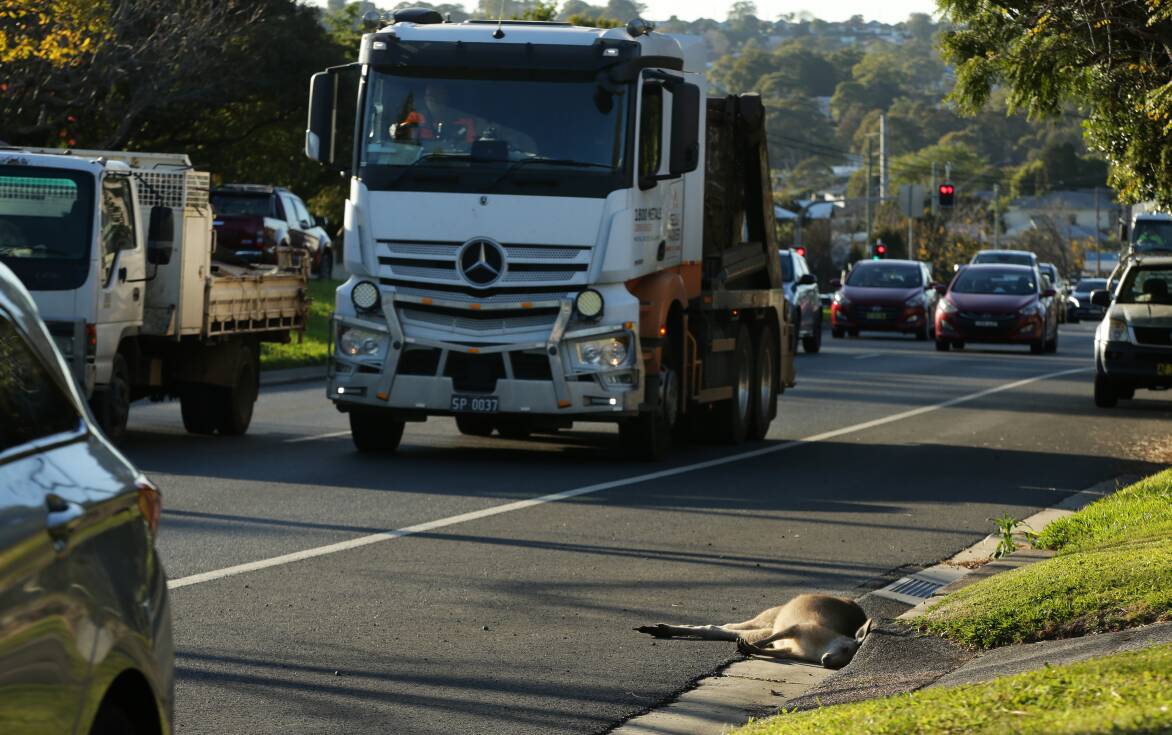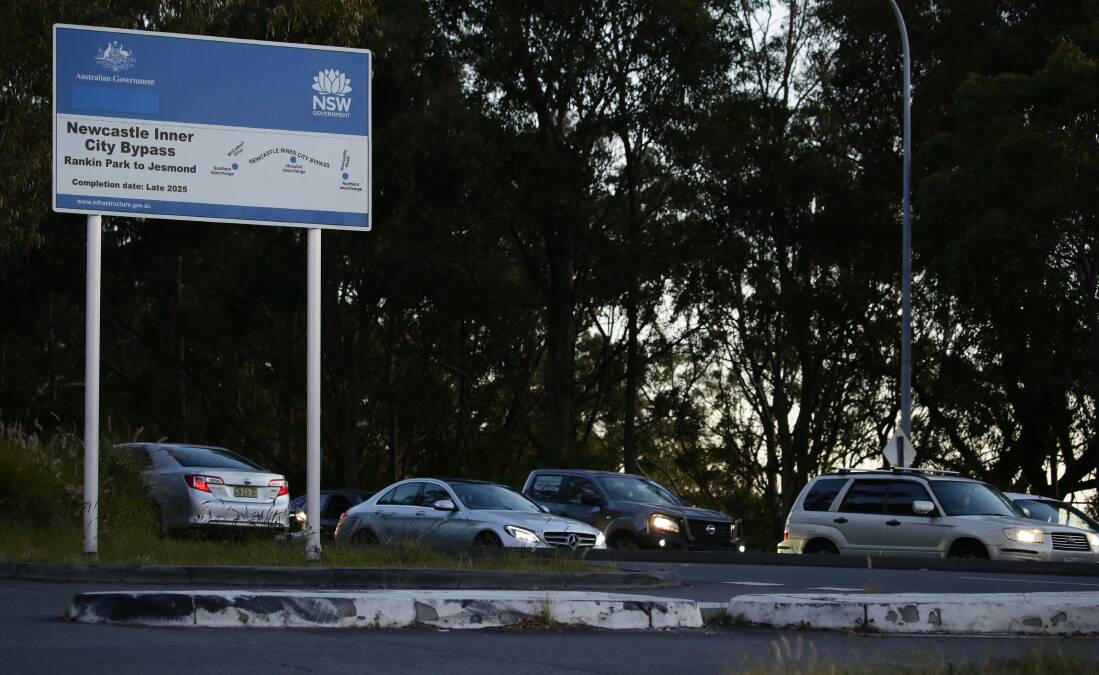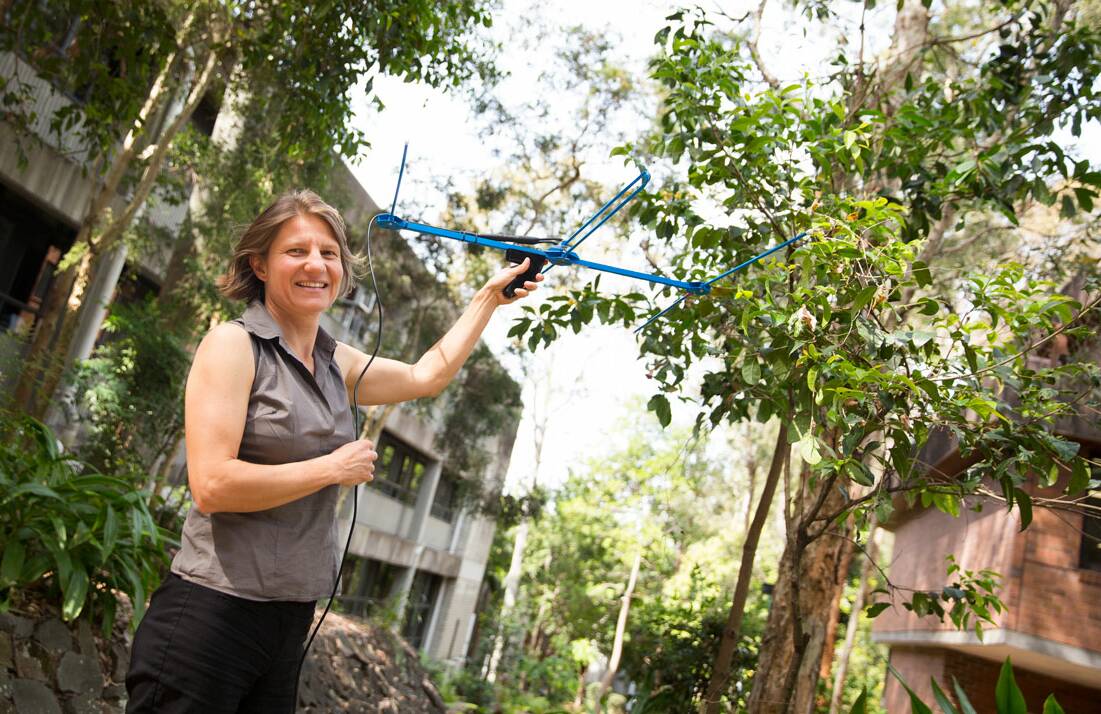
An environmental expert has disputed a Transport for NSW assertion that a dead kangaroo found 1.3 kilometres away from the Newcastle Inner City Bypass construction site at Jesmond was unlikely to have been displaced by the project.
The marsupial, thought to be a female eastern grey, was struck by a vehicle near the intersection of Diana Street and the busy Newcastle Road last Friday morning.
The 3.4 kilometre final stage of the bypass project stretches from McCaffrey Drive , New Lambton Heights to the Jesmond roundabout.
The removal of 51.8 hectares of trees and vegetation, 43 hectares of which is native, represents the largest land clearing project in Newcastle in recent decades.
While detailed flora and fauna conservation plans were prepared as part of the state and Commonwealth approval processes, environmentalists say the project has had a "devastating impact" on the local environment.








Hunter Community Environment Centre coordinator Johanna Lynch said the squirrel glider and powerful owl were among the species that used to be commonly sighted in the bush that was recently cleared for the bypass.
"Sightings of both these species locally have dwindled and the removal of an estimated 320 hollow-bearing trees to accommodate the bypass is nothing short of shameful," she said.
"The damage to connectivity between core habitat areas including Blackbutt Reserve, which the ultimate design of the bypass has caused is an indictment on our planning and conservation laws.

"We hope that the flagrant destruction of land clearing being on full display serves as a wake up call to the broader community that we must put a stop to the clearing of species habitat now, if we want the next generation to know the joy and the wonder that so many derived from Jesmond bush."
University of Newcastle Senior Lecturer in Conservation Psychology, Dr Andrea Griffin said she believed the kangaroo that was struck on Newcastle Road had come from the newly cleared area of bush.
"I think it is fairly obvious that this animal has come out of the bush and become disorientated," she said.
"I've seen birds standing in the middle of the road near the Jesmond roundabout. These birds are clearly disorientated.
"It's really problematic. I don't think we pay enough attention to the animals living in these areas and what happens to them when large land clearing projects like this are approved."

Dr Griffin said many animals would not have survived the clearing process. Those that did, would seek shelter in adjacent areas, but their chances of survival were slim.
"Lot's of species are territorial and lots of animals, such as possums, don't survive displacement because the habitat is already saturated," she said.
A Transport for NSW spokeswoman said the kangaroo was found outside the project area and it was "unlikely" that it had been displaced by project works.
She said flora and fauna protection was a priority on all major construction projects.
Staged tree removal and clearance for the Inner City Bypass was completed in May 2023. A dedicated ecologist worked throughout to identify and relocate animals to similar habitat in the area.
The ecologist is required to keep a record of any live fauna that was sighted, captured, released, injured or shocked as well as details of dead fauna that was found as a result of clearing and structures removal operations and fauna rescue.
This record also includes details of trees being used for breeding or roosting by fauna, including their species, locations, sizes, heights and depths of hollows in trees and photos of rescued fauna and records of road kill during clearing activities
The data will be included in a post clearing report.
"On completion of the project, Transport will also implement a fauna connectivity strategy, including an underpass near Dark Creek, north of the John Hunter Hospital interchange, and a dedicated fauna culvert between the southern and hospital interchange," the spokeswoman said.







